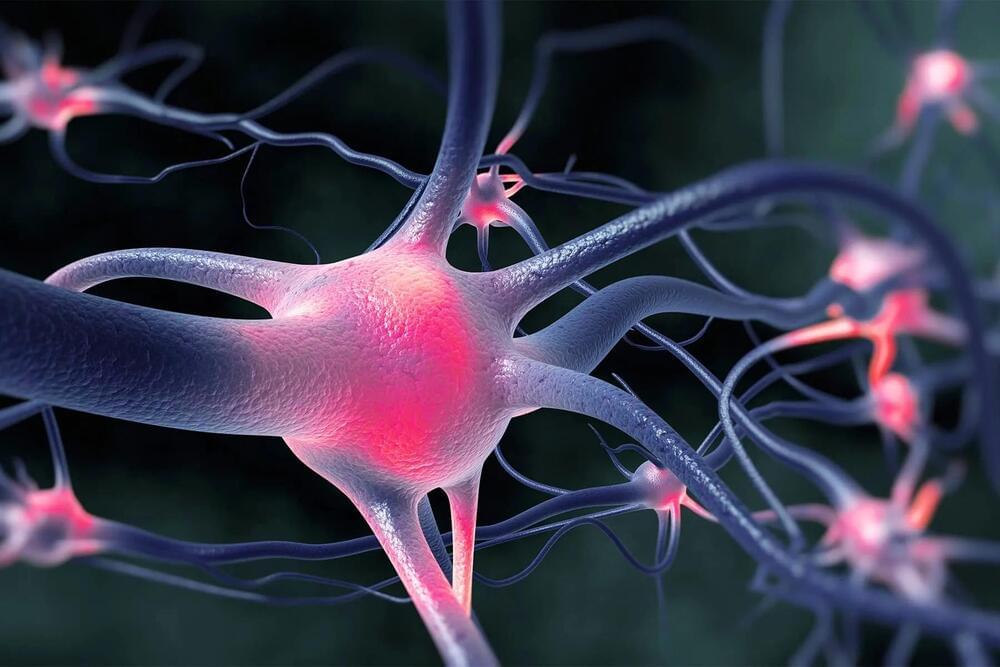A new way of looking at a misunderstood disease is revolutionizing treatments and transforming lives.



Europe’s health regulator followed the US and UK in backing the first gene-editing therapy to use Crispr technology, a Vertex Pharmaceuticals Inc. and Crispr Therapeutics AG treatment for sickle cell disease.
The European Medicines Agency’s expert panel recommended on Friday authorizing the Vertex and Crispr drug, Casgevy, for people with severe sickle cell disease and another serious hereditary blood disorder, beta-thalassemia, which is traditionally treated with repeated transfusions. Vertex said before the ruling that it had yet to establish a European list price for the one-time therapy, which costs $2.2 million in the US.
The treatment makes precisely targeted changes in patients’ DNA, a months-long process that requires removing bone marrow and a stem cell transplant. In Europe, Vertex said its initial focus will be on countries with the highest numbers of patients, including France, Italy, the UK and Germany.

Artificial intelligence researchers claim to have made the world’s first genuine scientific discovery using a large language model (LLM), which is behind ChatGPT and similar programs. This signals a major breakthrough.
The discovery was made by Google DeepMind, an AI research laboratory where scientists are investigating whether LLMs can do more than just repackage information learned in training and actually generate new insights.
It turns out that they can, and the implications are potentially huge. DeepMind said in a blog post that its FunSearch, a method to search for new solutions in mathematics and computer science, made “the first discoveries in open problems in mathematical sciences using LLMs.”
The Seattle Science Foundation is a not for profit organization dedicated to advancing the quality of patient care through education, research, innovation and technology. As a physician driven organization, we have created a trusted community of nationally recognized experts from the world’s best medical and academic institutions. \
\
SSFTV is the official YouTube channel of the Seattle Science Foundation. Subscribe now to be updated on the latest videos: tinyurl.com/yt8kt8mg.\
\
To join our upcoming meeting for CME credit, visit https://www.ssfcme.org.\
\
Get Social With SSF:\
On Instagram: / seattlesciencefoundation \
On Facebook: / seattlesciencefoundation \
On Twitter: / seattlescifdtn \
On LinkedIn: / 756,824 \
On YouTube: http://www.ssfyoutube.org\
\
All archived recorded lectures are available for informational purposes only and are only eligible for self-claimed Category II credit. They are not intended to serve as, or be the basis of a medical opinion, diagnosis, prognosis or treatment for any particular patient. The information was current at the time of the presentation.
ABSTRACT: Optogenetics has been widely expanded to enhance or suppress neuronal activity and it has been recently applied to glial cells. Here, we will discuss about a novel approach based on selective expression of melanopsin, a G-protein-coupled photopigment, in astrocytes. We will show the selective expression of melanopsin in astrocytes allows triggering astrocytic Ca2+ signalling, but also studying astrocyte–neuron networks and the behavioral astrocytic contribution.\
Chair and introduction: Dr. Letizia Mariotti (CNR — Institute of Neuroscience)

Scientists from the Leibniz Institute for Astrophysics Potsdam (AIP) have discovered a new plasma instability that promises to revolutionize our understanding of the origin of cosmic rays and their dynamic impact on galaxies.
At the beginning of the last century, Victor Hess discovered a new phenomenon called cosmic rays that later on earned him the Nobel prize. He conducted high-altitude balloon flights to find that the Earth’s atmosphere is not ionized by the radioactivity of the ground. Instead, he confirmed that the origin of ionization was extra-terrestrial. Subsequently, it was determined that cosmic “rays” consist of charged particles from outer space flying close to the speed of light rather than radiation. However, the name “cosmic rays” outlasted these findings.
Recent advances in cosmic ray research.
Tesla has unveiled Gen 2 of it’s Optimus Robot… and WOW, the progress in the past year has been incredible. Tesla is well on their way to commercializing a humanoid robot later this decade. This represents the biggest change in Tesla’s addressable market ever, as the potential sales from a humanoid robot to replace manual labor could be $25T. For long-term Tesla investors this is a must watch project. People thought Elon Musk was crazy when he told the world about this AI project… but it’s getting closer to reality by the day. What do you think? Are you going to buy an Optimus robot? Why? Tesla Optimus Announcement on X: https://twitter.com/Tesla_Optimus/status/1734756150137225501 My Twitter: https://twitter.com/gfilche My Instagram: https://instagram.com/gfilche HyperChange Patreon smile https://www.patreon.com/hyperchange Dislaimer: I own Tesla Stock.

